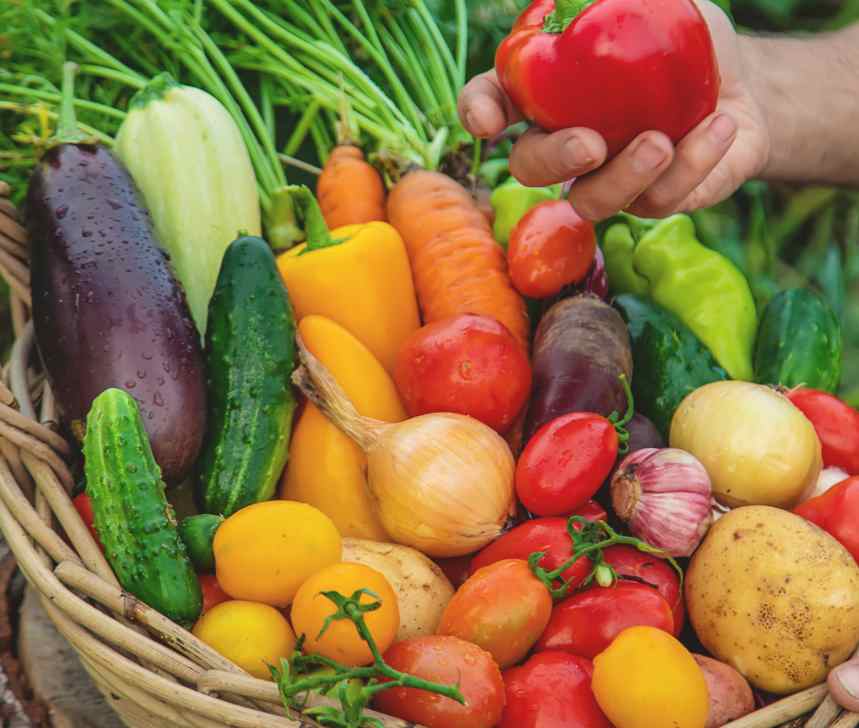By Sangeetha Agara, AD
Having a keen eye for food and its cultural significance, I had always wondered if the cultural significance was rooted in something more meaningful due to which the food became so widely accepted that it formed part of a culture. Being a culinary enthusiast I often explore various cuisines of the world during my travels. And since my destined tryst with Ayurveda this observation has taken a new meaning altogether and has given me new lens to uncover that underlying meaning and rationale behind several dietary habits and observances worldwide.

Although there are several observances that could delightfully attempt to write down, I will choose Makara Sankranti as a topic for this essay. Makara Sankranti is widely observed throughout mainland India but I shall elaborate on its observance in Southern India because of my deep relation and understanding of that region of the world. Regardless of the region, Makara Sankranti is observed in the Gregorian month of January. It usually occurs on the 14th or 15th of January each year. According to Vedic solar almanac, this coincides with when the Sun enters the sign of Capricorn aka Makara Rashi in Vedic almanac and hence the name Makara Sankranti. The term Sankranti means new beginning. Technically, there are 12 Sankrantis in a given year – one for when sun enters each of the 12 signs/rashi.
However, it is only Makara Sankranti that is hailed as a major festival. Astronomically, this transit of the Sun into Makara is considered auspicious because it is the beginning of Sun’s northern journey in the sky. In simple terms, northern journey of the Sun means that it marks the beginning of longer days and shorter nights. This northern journey of the Sun consisting of six solar months through six signs is termed as Uttarayana in vedic calendar – Uttara refers to North and Ayana means path or direction. This period of six months is considered auspicious for beginning new activities and important event such as marriage, house-warming, engagements, commencement of education. It is said that this period of six months is the day-time of the demigods (devas) and the Lord. Therefore, important milestones and events celebrated during this time can easily be graced by the God and the demigods if their blessings are invoked.
Quite simply one could also imagine that longer daytime would be conducive for major human activities. Conversely, the southern journey of the Sun called as Dakshinayana marked by its transit from Cancer (Kataka rashi) to Capricorn (Makara) is not considered auspicious for beginning new benevolent activities. Unlike Uttarayana, dakshinayana is the night-time of the Devas. However, this transit is ruled by the Asuras (demons) who are said to be active during this period. According to Vedic astrology, Makara rashi (Capricorn sign) is ruled by Shani Dev aka planet Saturn. And as per the Hindu mythology, Sun and Saturn share a difficult father-son relationship and they are not typically harmonious together. However, this animosity is dissolved during this month when the Sun transits Makara rashi. It signifies new beginning when the hostilities and malefic thoughts from the past are laid to rest making way for new warm feelings.
Aside from the astronomical significance of the transit, this celebration has practical importance in the lives of the peoples of India. Makara Sankranti marks the end of winter months and heralds the beginning of spring time and warmer months. This is the time when the farmers ready their land for new crops. This is the time when warmth is ushered in and the cold is pushed out of the environment.
With such a rich meaning embedded in the celebration of Makara Sankranti , the event has a very distinct mark on the culinary scene. After all, all celebrations in the Indian subcontinent have to eventually lead to their gastronomical delight. Makara Sankranti is no different. The use of unique combination of sesame and jaggery is ubiquitous throughout Southern and Western parts of India during this period. Most popular of this use can be found in til laddoos (sesame balls). Sesame seeds are lightly toasted in ghee and mix with melted jiggery and rolled into golf-sized balls. Another example is this combination can be found in Karnataka in the form of a mixture. Toasted peanuts, cut pieces of dried coconut, toasted dalia, cut pieces of jaggery are all mixed with toasted sesame seeds. Regardless of the preparation, sesame and jaggery are exchanged with neighbours, friends and family on the day of Makara Sankranti. From an ayurvedic perspective, this is an ideal combination for this celestial event. Sesame seeds as we known is an all-powerful vatahara with ushna virya.
It is ideal for expelling the accumulated vata from the dry, cold winter months. It is said that all products of sesame are pleasing to Shani-dev under whose influence/gaze vata can easily get deranged. Is it any wonder that sesame is praised as an antidote for vata?! And jaggery is the significator of the planet Sun. Jaggery with its sheeta virya is able to pacify the hot quality of the sun. Jaggery having madhura rasa also augurs well for the auspicious period of the Sun’s northern journey. Its sweetness signifies end of bitterness from the cold winter months. On the whole, the coming together of father and son can be observed in this delightful combination of sesame and jaggery. Ushna virya meets sheeta virya. The cold gaze of Saturn meets the warm rays of Sun. I cannot think of a better culinary way to celebrate the union of Sun and Saturn!! It is no wonder that this ritual has gained widespread popularity in so many parts of that region.




